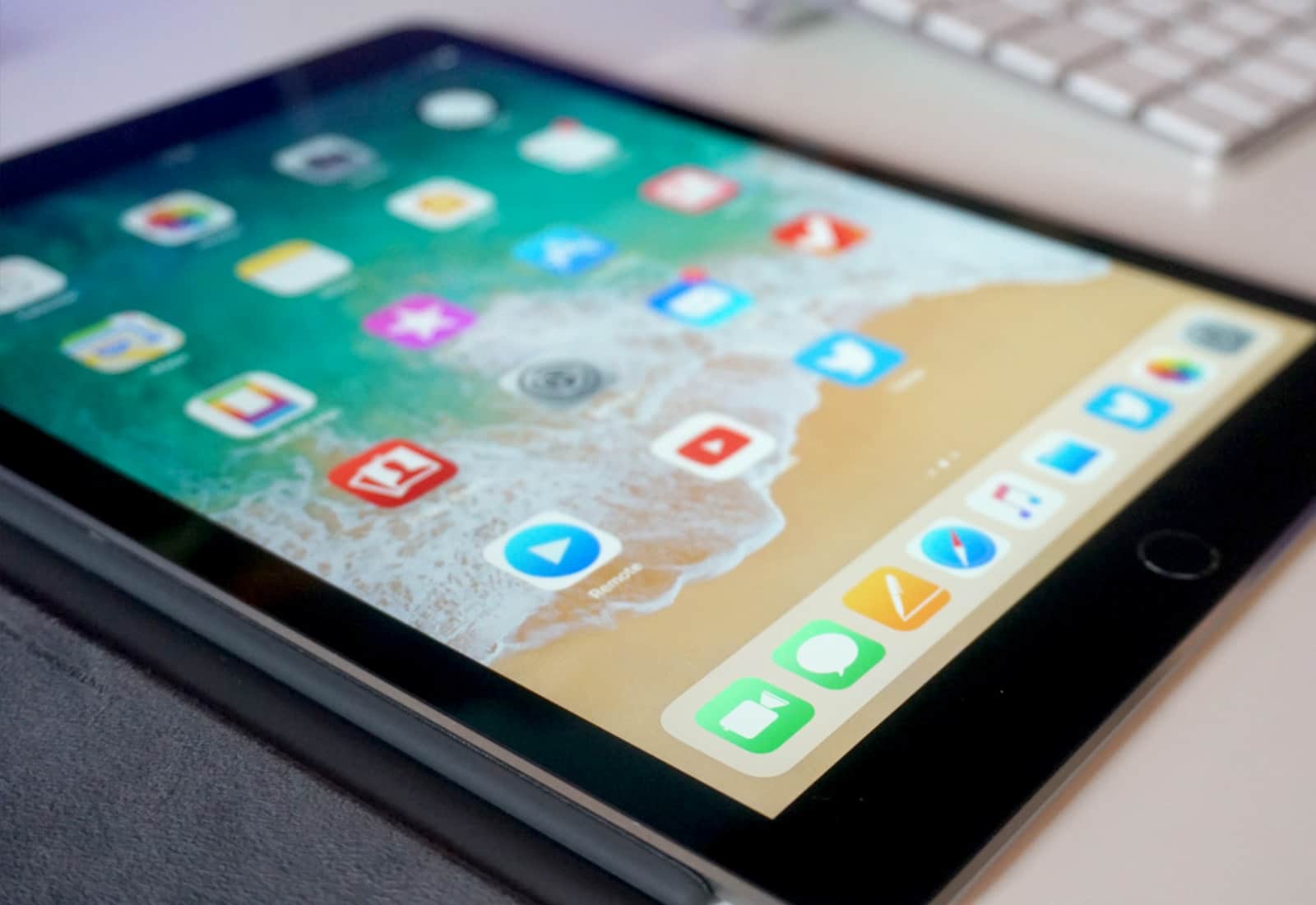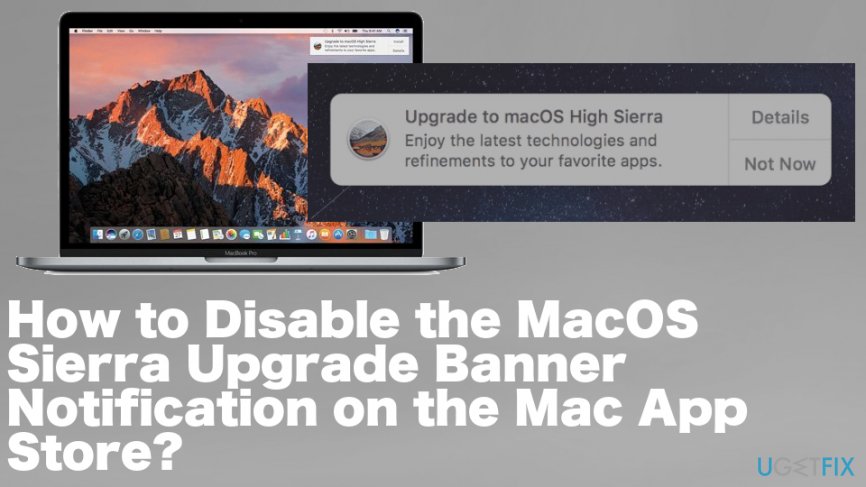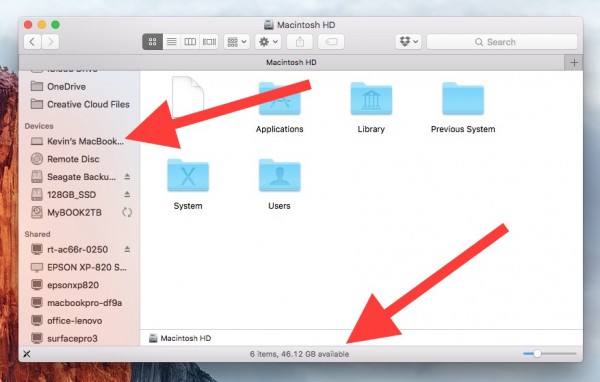

- #How to clean up mac sierra hard drive how to#
- #How to clean up mac sierra hard drive pro#
- #How to clean up mac sierra hard drive free#
Just launch the applications → select service files for the needed apps and click the Remove button.
#How to clean up mac sierra hard drive free#
You can use a free utility App Cleaner & Uninstaller, which allows you to remove the service files of apps, find leftovers of already removed apps, remove login items, launch agents, installations, screensavers and other extension files. There is a quicker and easier way to get rid of caches.
#How to clean up mac sierra hard drive how to#
In the screenshot below, you can see that over 45GB of space is occupied by “Other.” Learn what is “Other” on Mac and how to delete “Other storage”. Here you will see what kind of files occupy the disk memory: applications, photos, audio files, movies, mails, documents and other files. To find out what is taking space on your MacBook, do the following: How to check your MacBook’s storage space?
#How to clean up mac sierra hard drive pro#
Today, we will share some tips on how to clean up your MacBook Pro or MacBook Air and make it run even faster. You need to periodically clean up your Mac computer from unneeded stuff and junk files to keep its speed like a brand new and “just out of the box.” In our previous blog post, we gave seven reasons why you are losing hard drive space. I expect the UI tools will get easier to use when all of the kinks are worked out.One of the reasons your Macbook Pro is running slow is insufficient free space on your hard drive. On macOS Sierra 10.12.4, APFS is still rather in a beta stage. Remember, It’s Pretty Much Still Betaīear in mind that the current tools we have for working with APFS are intended to keep casual users from messing up their Macs. For an internal drive, you’ll unfortunately need to reboot.

However, if the operation fails and you’re working with an external USB drive, try disconnecting the drive and then plugging it back in. If so, you can safely ignore that message. You may get a message that the APFS container was damaged. diskutil apfs deleteContainer disk2s3 Deleting the APFS partition Running diskutil list gives us our APFS device identifierįinally, issue this command in Terminal to delete the APFS container and its volume, replacing disk2s3 with your actual device identifier. Make note of the device on your external drive (in my case, disk2). Now, launch Terminal and issue this command: diskutil list Use Disk Utility to eject your APFS container First, use Disk Utility to eject your APFS container. Here’s what you need to do in order to go about deleting your APFS partition correctly.

This means you can’t merge the partition back into the other partitions on your external hard drive. The same thing happens if you use diskutil the wrong way.

If you use Disk Utility to erase an APFS volume and format it HFS+, you’ll find that the old APFS container sticks around. A diskutil list, showing the APFS Container scheme. Below that, /dev/disk3 is the APFS container, and /dev/disk3s1 is the APFS volume. You can see disk2s2 in the screenshot below, the partition on my external hard drive hosting the APFS Container. In the Terminal, running diskutil list will reveal this in even starker contrast.


 0 kommentar(er)
0 kommentar(er)
